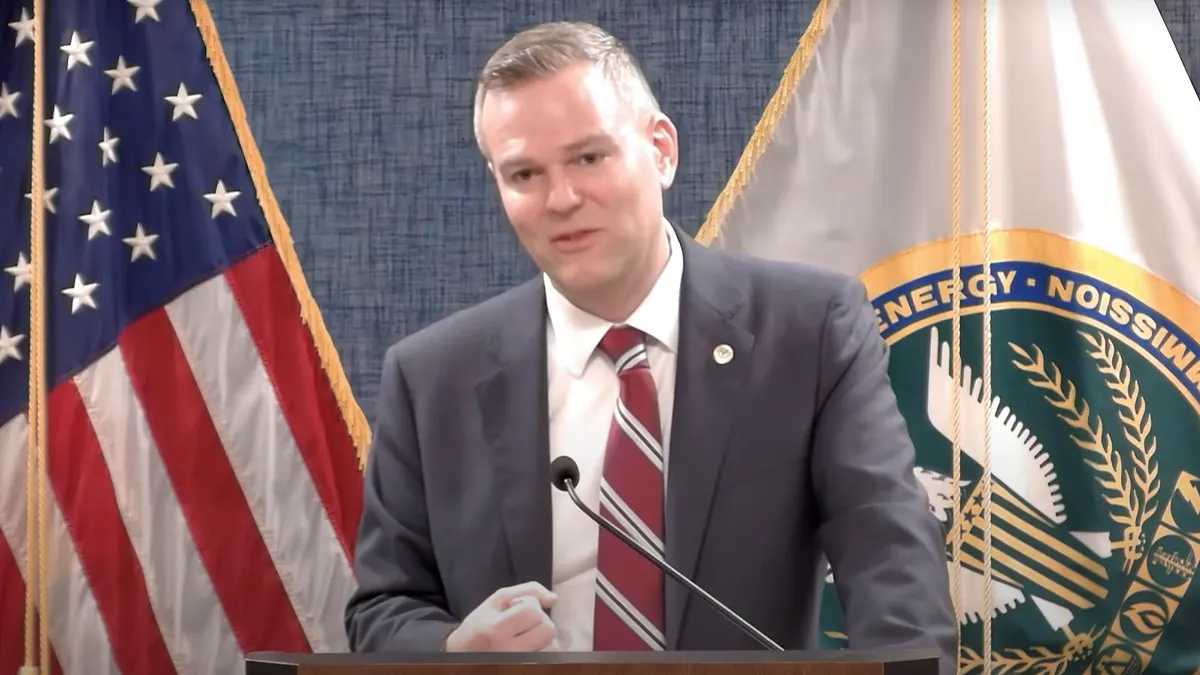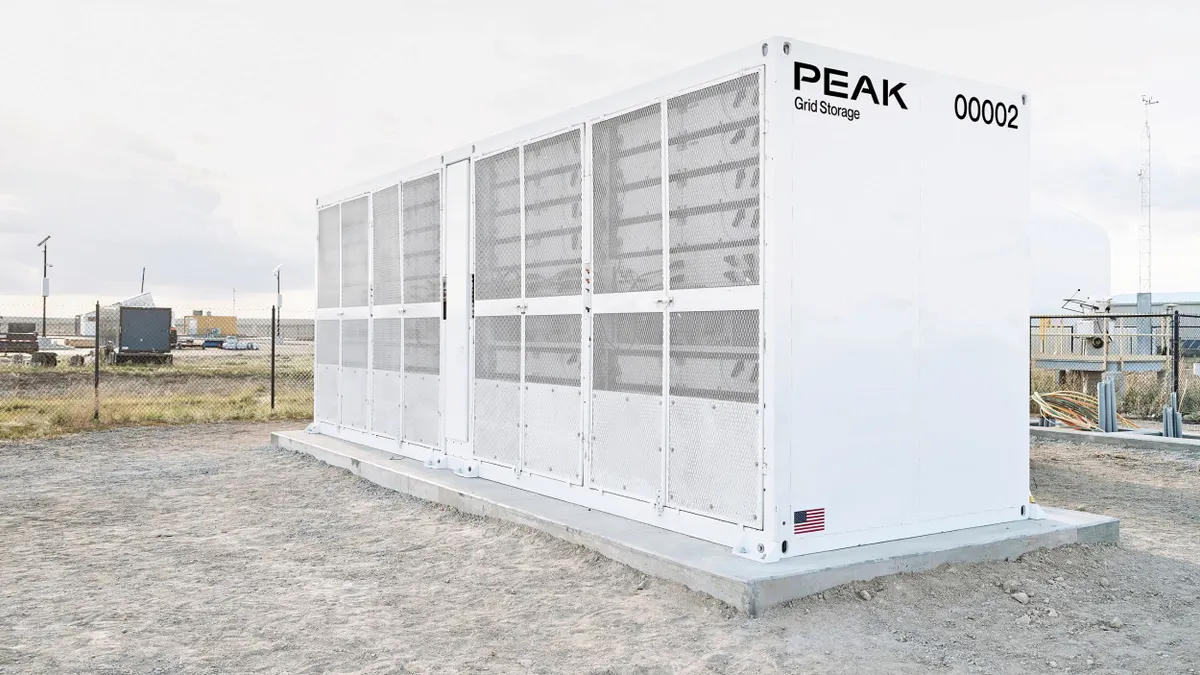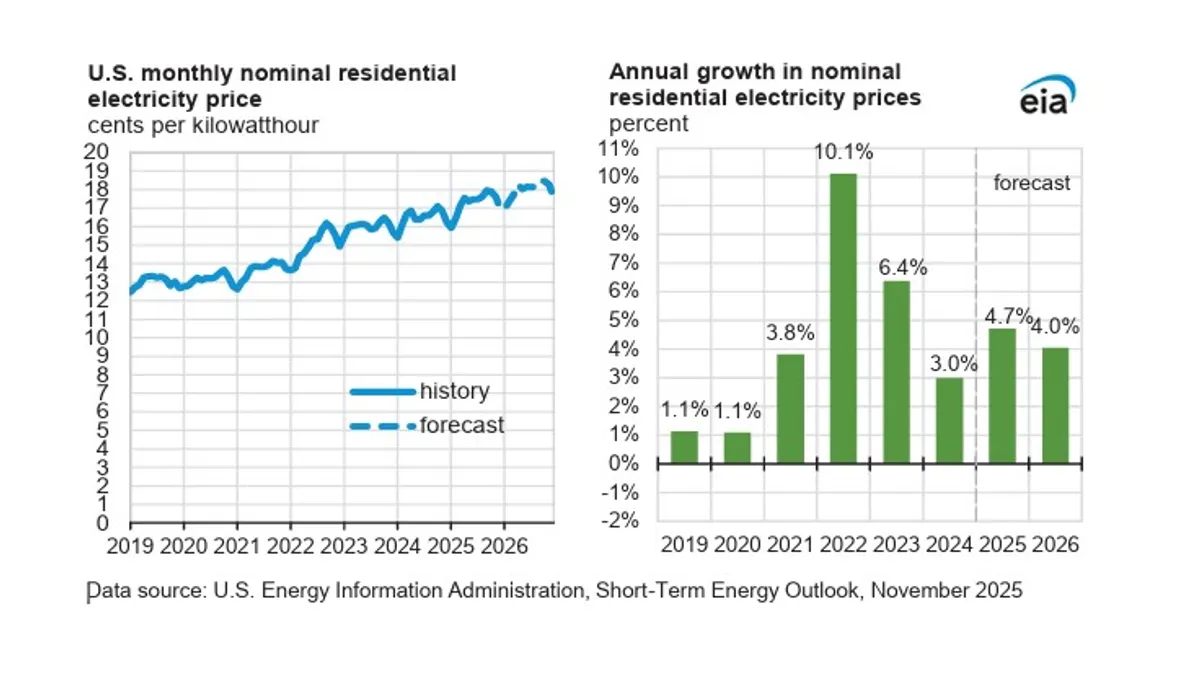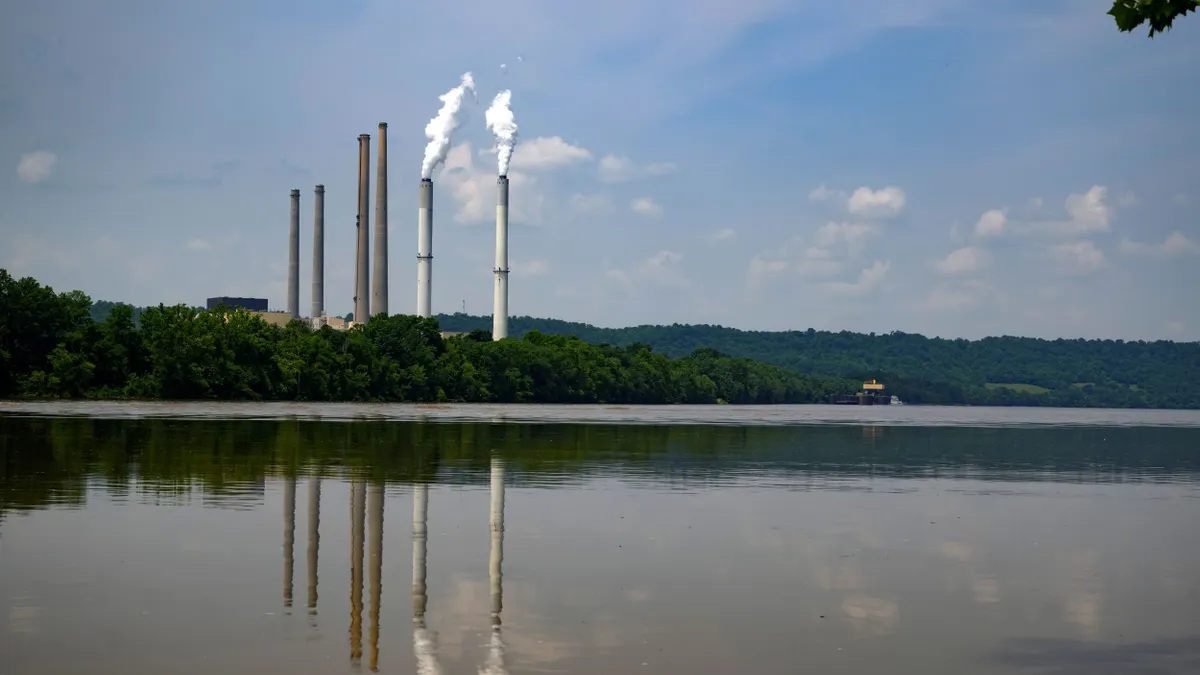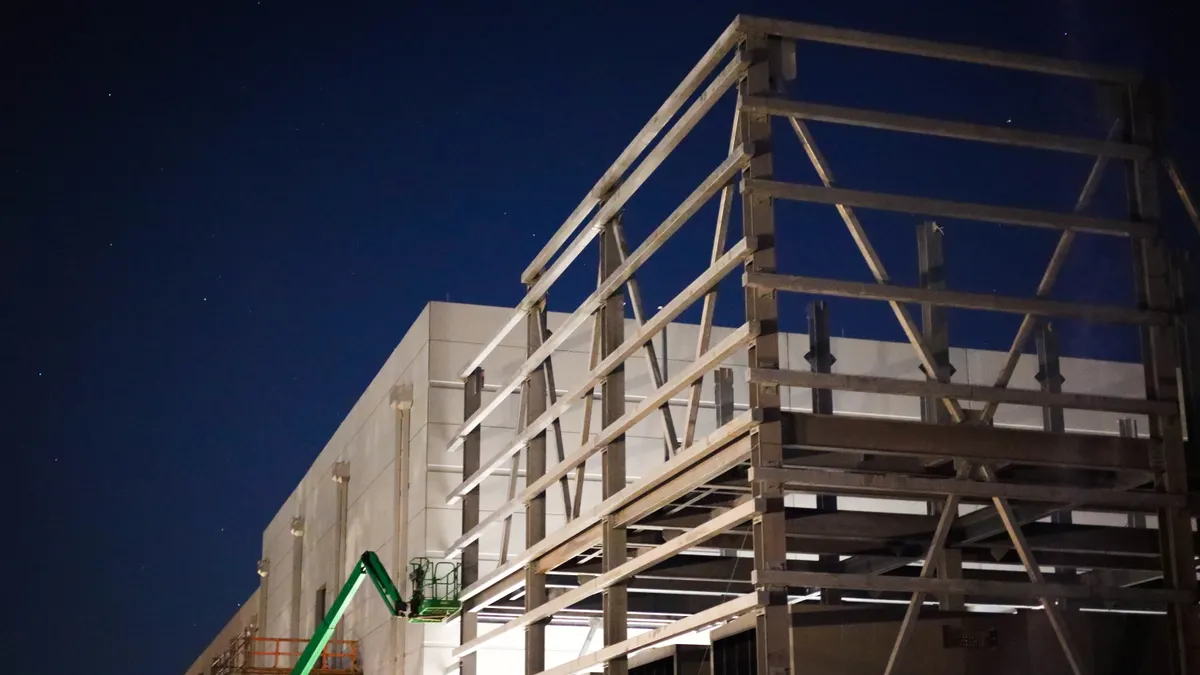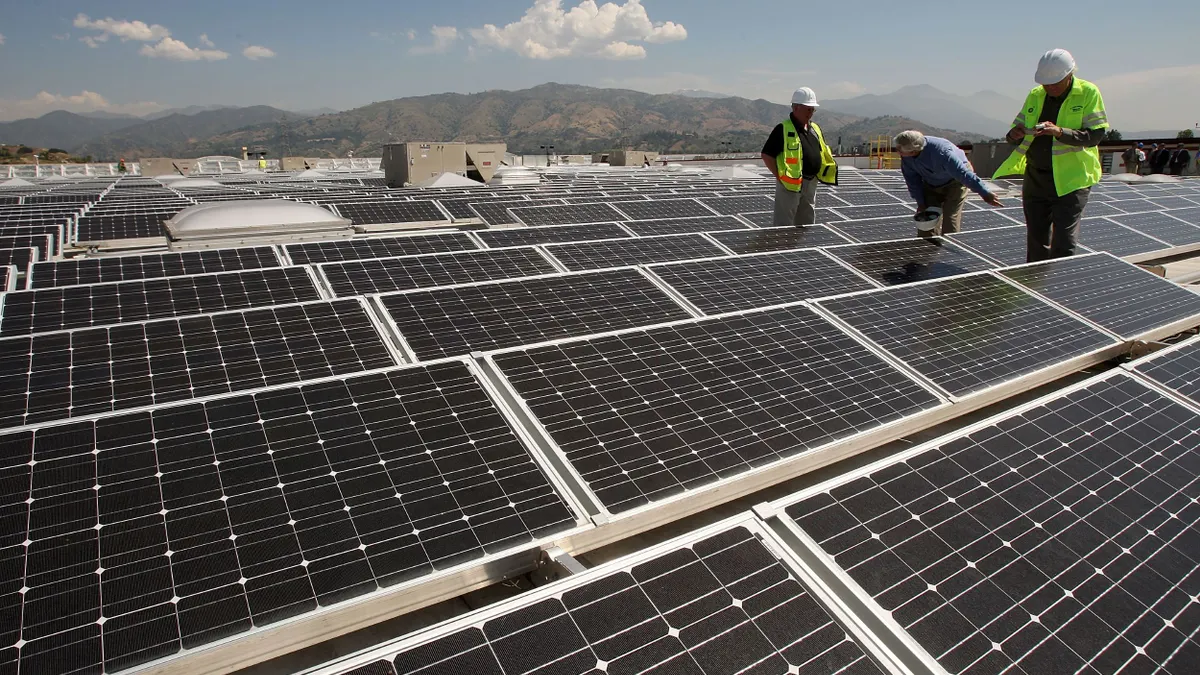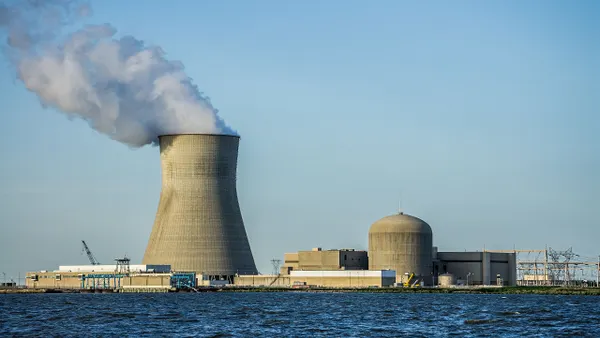Federal Energy Regulatory Commission Chairman David Rosner laid out his priorities during his first open meeting on Thursday as head of the agency, including a desire to issue guidance soon on how data centers can be colocated with power plants in the PJM Interconnection.
“My priorities as chairman are the same as when I was a commissioner,” Rosner said. “I'm working hard with my colleagues to make decisions swiftly, fairly and independently. Grid reliability as job number one has not changed.”
Rosner, a Democrat, replaced Mark Christie, a Republican, as FERC chairman after Christie left the agency in early August. Rosner joined FERC in June 2024. With Republicans Laura Swett and David LaCerte advancing through the Senate confirmation process to fill the agency’s two empty seats, it’s unclear how long Rosner will remain chairman.
In discussing his priorities, Rosner said he is focused on enabling economic growth through “abundant and affordable energy.”
He said he is “really excited” about infrastructure.
“I think we need to build, build, build,” Rosner said. “America needs every electron and every molecule of every type we can get, and we need more infrastructure to move it … Reliable and affordable energy, it's not only a prerequisite to ensuring the safety and security of the American people, but it's also totally critical to winning the AI race, reshoring manufacturing and ensuring a prosperous economy.”
FERC is focused on developing “accurate, clear, stable market price signals to get new infrastructure built in places where it's needed,” Rosner said. That means connecting new generation to the grid faster, and fair and fast decisions on issues related to pipelines, hydropower, liquefied natural gas and transmission lines, he said.
Tackling the PJM colocation review
Resolving the pending PJM colocation docket is a top priority, according to Rosner. Under colocation arrangements data centers receive electricity directly from a nearby power plant.
“It's also a very complicated topic,” Rosner said. “My colleagues and I have been working hard on this. I'm really excited about colocation and everything in between, and getting the rules of the road in place so that we can unlock all these new technologies, get them on the grid and get data centers built.”
FERC Commissioner Lindsay See echoed Rosner’s comments on the colocation proceeding.
“My office has been deeply engaged on these matters, and I look forward to being able to bring it to a close,” See said.
In an interview, Christie lamented his inability to issue a colocation decision before he left the agency on Aug. 8.
“I pushed very hard for a set of guidelines — which is what all the regulated entities were asking — that would protect consumers from cost shifting and protect reliability, and I couldn't get two other votes,” Christie said Thursday.
The outcome of the review could set a precedent for colocated load in the power markets FERC oversees.
Speedy decisions vs. regulatory certainty
During FERC’s open meeting, See said part of her goal at FERC is to get the “tension right” between making decisions quickly and regulatory certainty.
“I never want us to be the holdup when it comes to necessary development of infrastructure and permitting decisions,” See said. “We play a critical role in doing needed policy in a fair, predictable and legally durable way.”
See noted that while attending Gastech, an annual trade show, in Milan earlier this month, she spoke to leaders in the gas industry “who said that as much as they value speed in what we do — and trust me, they do — they also want strong confidence that the orders we issue are worth their weight, and they will stand up when they're tested in court.”
See said she hopes in the near future FERC will launch a process to create a “blanket certificate” program for LNG export facilities modeled after one FERC has for gas pipelines and other facilities. A blanket certificate allows a gas company to undertake certain routine activities on their facilities without obtaining specific permission from FERC for each individual project.
The United States has become the largest LNG exporter in the world, with exports totaling 11.9 billion cubic feet per day last year, according to the U.S. Energy Information Administration.
The U.S. has eight LNG export terminals that can handle 14.5 Bcf/d and another eight are being built that could export about 21.8 Bcf/d, according to FERC.
Another 10 export projects totaling 13.2 Bcf/d have been approved but were not under construction as of Sept. 9, according to FERC. FERC is reviewing two more LNG export applications and there are two projects in the agency’s pre-filing process, according to the commission.



